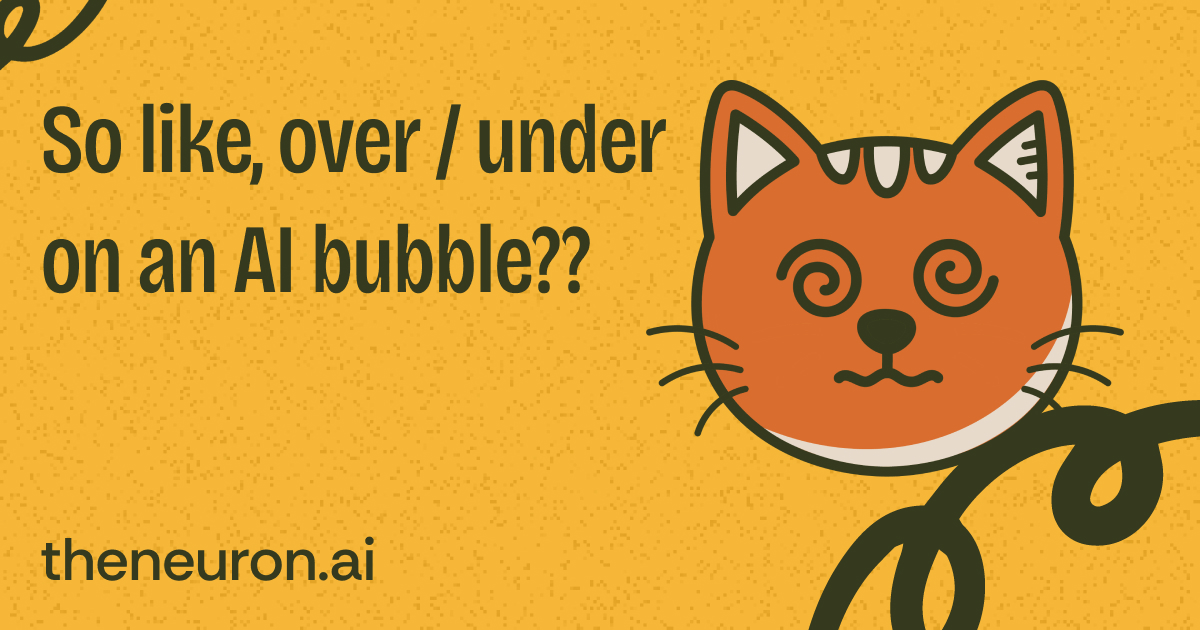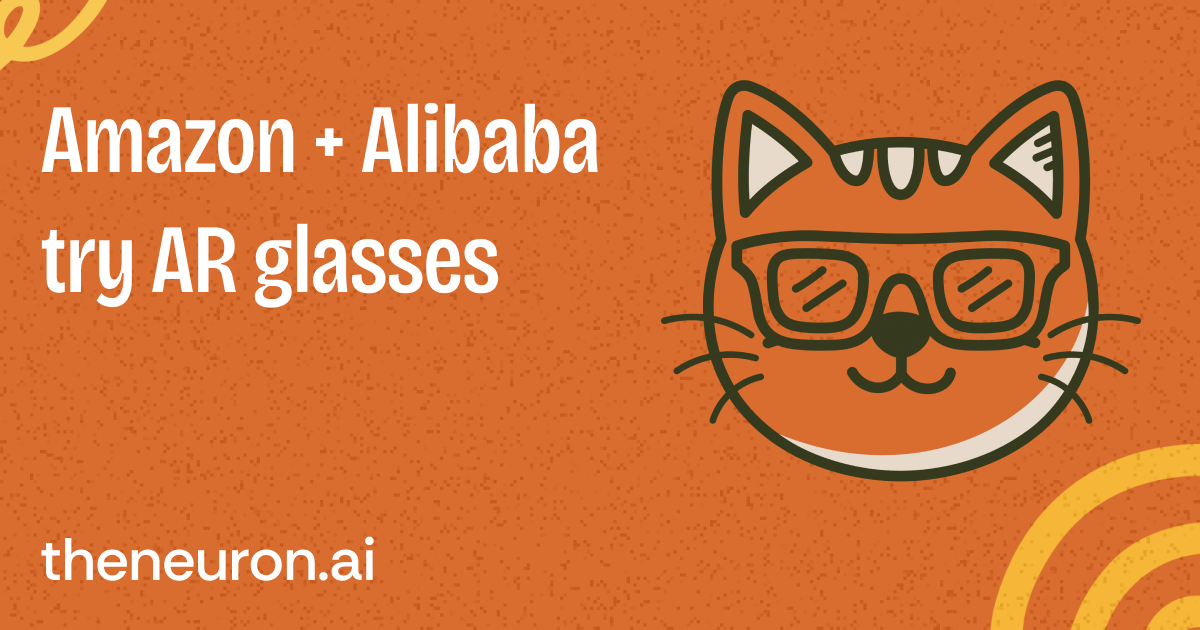Welcome, humans.
Here’s a gift for your weekend brain: Stanford’s 5.5 hours of “foundational LLM” lectures (LLM = large language model, like ChatGPT). It’s a clean, medium-depth tour of the stuff everyone talks about but few have neatly stitched together. Start at the official hub, then binge the four videos (Video 1, Video 2, Video 3, Video 4).
What you’ll learn (no heavy math required; these terms seem technical, but they’ll explain it all): tokenization, self-attention, encoder–decoder vs. decoder-only transformers, RoPE, layer norm, MoE routing, next-token prediction, ICL/CoT, plus performance tricks like KV cache, GQA, paged attention, MLA, speculative decoding, and MTP. They’re all explained at a practical “medium” depth level so you actually get it.
Want to go deeper? The math-y path is Chris Manning’s legendary Stanford NLP course (CS224N playlist). For linear-algebra superpowers, binge 3Blue1Brown’s series (playlist) and keep Axler’s abridged notes handy if you want to dust off your linear algebra skills. And if you’re like, “what linear algebra skills?”, here’s a playlist for ya.
Here’s what happened in AI today:
- We break down the Bull vs Bear Case for the AI Bubble.
- Google had another quantum breakthrough.
- Artificial Analysis released its latest State of AI report.
- Channel 4 aired a documentary with a fully AI host.

One Analyst Says AI Is the Biggest Bubble in History — 17x Worse Than Dot-Com
THE BIGGEST AND MOST DANGEROUS BUBBLE (Guest: Julien Garran)
DEEP DIVE: Breaking down the bull and bear cases for and against the AI bubble.
You've heard the “AI bubble” talk a thousand times by now. Every few weeks, someone compares AI hype to the late-'90s dot-com frenzy, investors get nervous, and then... nothing happens. Valuations keep climbing, the funding keeps flowing, and everyone moves on.
But UK analyst Julien Garran isn't hedging his bets. He's straight-up calling it: we're in “the biggest and most dangerous bubble the world has ever seen.“ It is 17 times larger than dot-com, and four times bigger than the 2008 housing crisis. Woof.
Here's his case (in brief):
- Ten AI startups with zero profits have gained nearly $1 trillion in market value over the past year.
- Meanwhile, the entire AI ecosystem runs on a funding treadmill—everyone except NVIDIA is bleeding money, and there's still no “killer app“ to justify the spending.
- In fact, he thinks there will never be a commercially successful app built on the back of a large language model (LLM) like ChatGPT.
- Garran's most controversial take? AI can handle “bullsh*t jobs“ (his words) where nobody checks if you got it right.
So when does it pop? Garran admits he can't call the exact top; markets hit all-time highs just last week. But he sees warning signs: VC funding for AI startups is drying up because valuations are absurdly high. That leaves a shrinking pool of mega-investors (SoftBank, foreign governments, NVIDIA) to keep the party going.
Now what if he's wrong? Garran sees two scenarios:
- The bubble lasts longer than expected, wasting more capital on projects that don't generate real economic value. Future GDP suffers.
- Someone actually achieves “superintelligence,“ completely reshaping society. We either get utopia or dystopia, depending on who controls it.
For the record, he's betting on option one.
The bottom line: Whether you think Garran is a prophet or a pessimist, his analysis highlights a real tension in AI: massive investment, limited profitability, and a lot of hope riding on breakthroughs that haven't materialized yet. Even if AI doesn't crash dramatically, a slow deflation could reshape the entire tech landscape and your job along with it.
If you want to compare Garran’s take to others in the industry, read our deep dive on the AI bubble (a long time coming) where we try to compile all the facts, figures, and angles of the AI bubble discussion and compare them head to head!

FROM OUR PARTNERS
AI is all the rage, but are you using it to your advantage?

Successful AI transformation starts with deeply understanding your organization’s most critical use cases. We recommend this practical guide from You.com that walks through a proven framework to identify, prioritize, and document high-value AI opportunities.
In this AI Use Case Discovery Guide, you’ll learn how to:
- Map internal workflows and customer journeys to pinpoint where AI can drive measurable ROI
- Ask the right questions when it comes to AI use cases
- Align cross-functional teams and stakeholders for a unified, scalable approach
Get the Guide.

Prompt Tip of the Day
Creator Claire Vo discovered that building Claude skills in Cursor (an AI coding assistant) is 3x faster than using Claude's own web app—and it actually works better.
Her meta hack? She opened an empty folder in Cursor and prompted: "Create me an agent/skill for creating Claude skills. Here are the docs." Then she just pasted the link to Anthropic's skill documentation. That's it.
The result: Cursor generated a complete skill-creation framework in 3 minutes (vs. 10 minutes in Claude's web app), with proper YAML formatting, template files, and even a validation script. Everything was perfectly structured and ready to use.
Watch Claire's quick demo (1 min) or dive into her full tutorial (longer walkthrough) to see this workflow in action.
Our favorite insight: Sometimes the best way to use AI isn't through its native interface—it's by having another AI tool do the heavy lifting for you. Very meta, but very effective.

Treats to Try
*Asterisk = from our partners (only the first one!). Advertise in The Neuron here.
- Bubble turns your prompt ("marketplace for artisans") into a working app you can publish to iOS and Android, as it handles the code and hosting for you.
- Twigg organizes your AI conversations as a visual tree where you can branch off from any message to explore different directions while keeping your original context clean.
- Claude Code can be used for design tasks, such as converting UI screenshots into prototypes, transforming Figma design system specs into React components and CSS variables, and generating animation code for micro-interactions using Framer Motion.
- This is a cool project: kvcached lets you run multiple language models on the same GPU by dynamically sharing memory; when one model isn't using its GPU memory, it automatically frees it up for your other models
- Coding with AI collects 55+ techniques for AI coding—from planning (memory files, specs, stable libraries) to coding (treating assistant as intern, keeping code simple) to debugging (pivoting when stuck, subagents) to review (treating output as PR, full diff reviews)—organized by development stage.

Around the Horn

Link to full documentary, but if you’re not in the UK, you can watch this news report instead.
- Google announced its Willow quantum chip demonstrated the first-ever verifiable quantum advantage by running the Quantum Echoes algorithm 13,000 times faster than classical supercomputers to compute molecular structures.
- Austin Henley recapped the recent paper on the “design space” of AI coding tools (paper), which identified 10 design dimensions across three eras of tools (autocomplete, chat, and agents), and found that industry products converge on speed and polish while academic prototypes explore novel interaction designs and explainability features.
- Artificial Analysis released their State of Generative Media Survey Report 2025 based on ~300 developer and creator responses, finding that 65% of organizations reported ROI within 12 months, with 34% already profitable and 31% expecting returns soon.
- Michael Buckley argues the Fear of missing out on AI has overshadowed the fear of losing our humanity because the benefits of AI use are immediate and obvious, while the costs are slow and subtle.
- What we’re watching atm:
- Redpoint AI talking about Atlas, Sora, and the AI bubble.
- Sinead Bovell and Alexander Manu discussing the “once in a lifetime” career reset that comes from AI.
- Matt Turck and Julian Schrittwieser debating whether or not we are misreading the exponential.
- More or Less debating the diverging “high brow and low brow” reaction to AI tech and the ethics and etiquette of AI workslop.
- Pete Leyden on why 2025 is the single most pivotal year in our lifetime. (P.S: Pete is the co-author of The Long Boom; worth a read!)

FROM OUR PARTNERS
Read newsletters, not spam

Proton Mail gives you a clutter-free space to read your newsletters — no tracking, no spam, no tabs.

Sunday Special
We really think you should read (or at least skim!) today’s deep dive, so we want you to pay extra special attention to that. That said, we ALSO found this steaming pile of gloriously stupid, absolutely dumb and amazing AI slop for you for your Sunday afternoon consumption! Please enjoy!
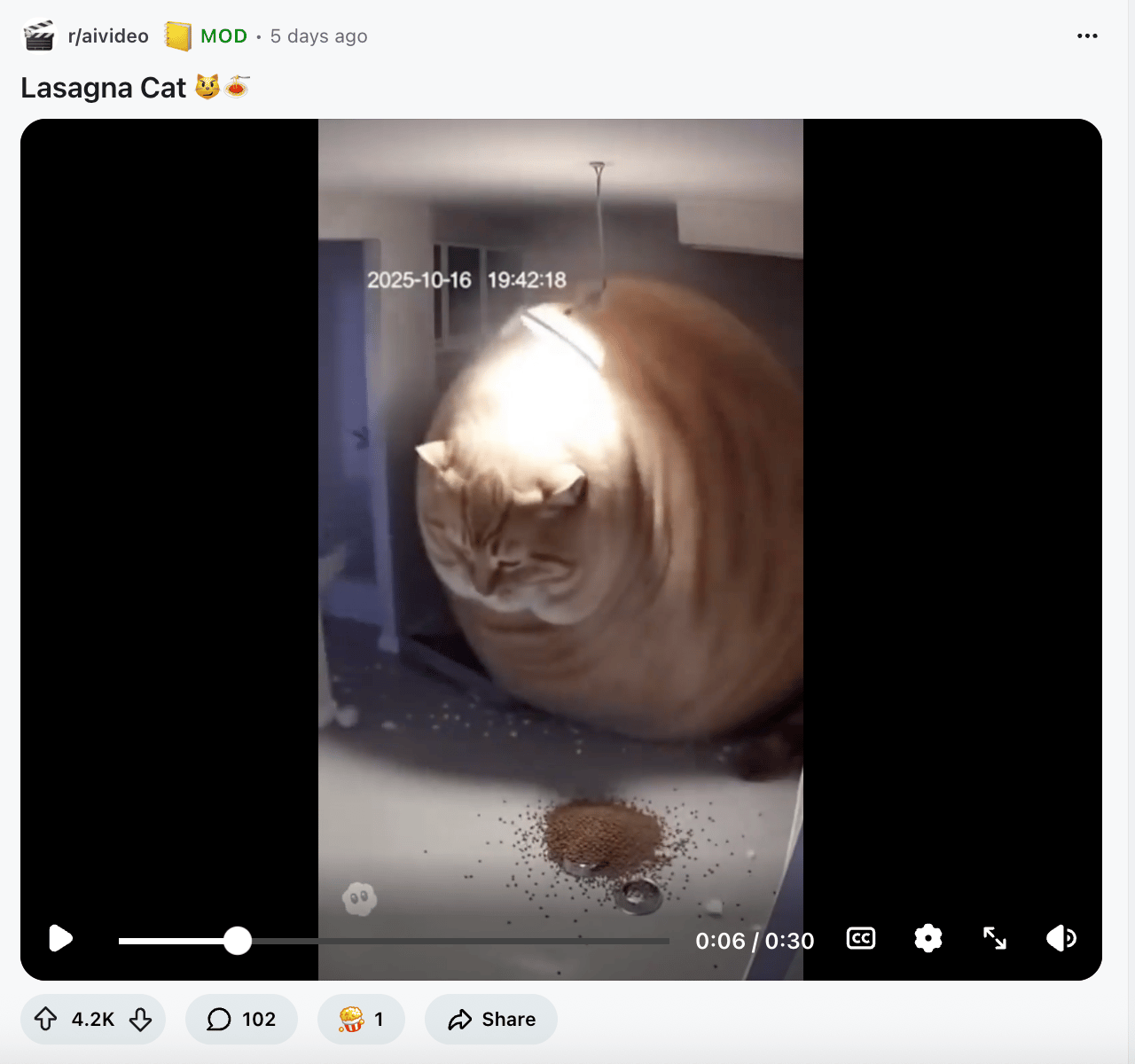


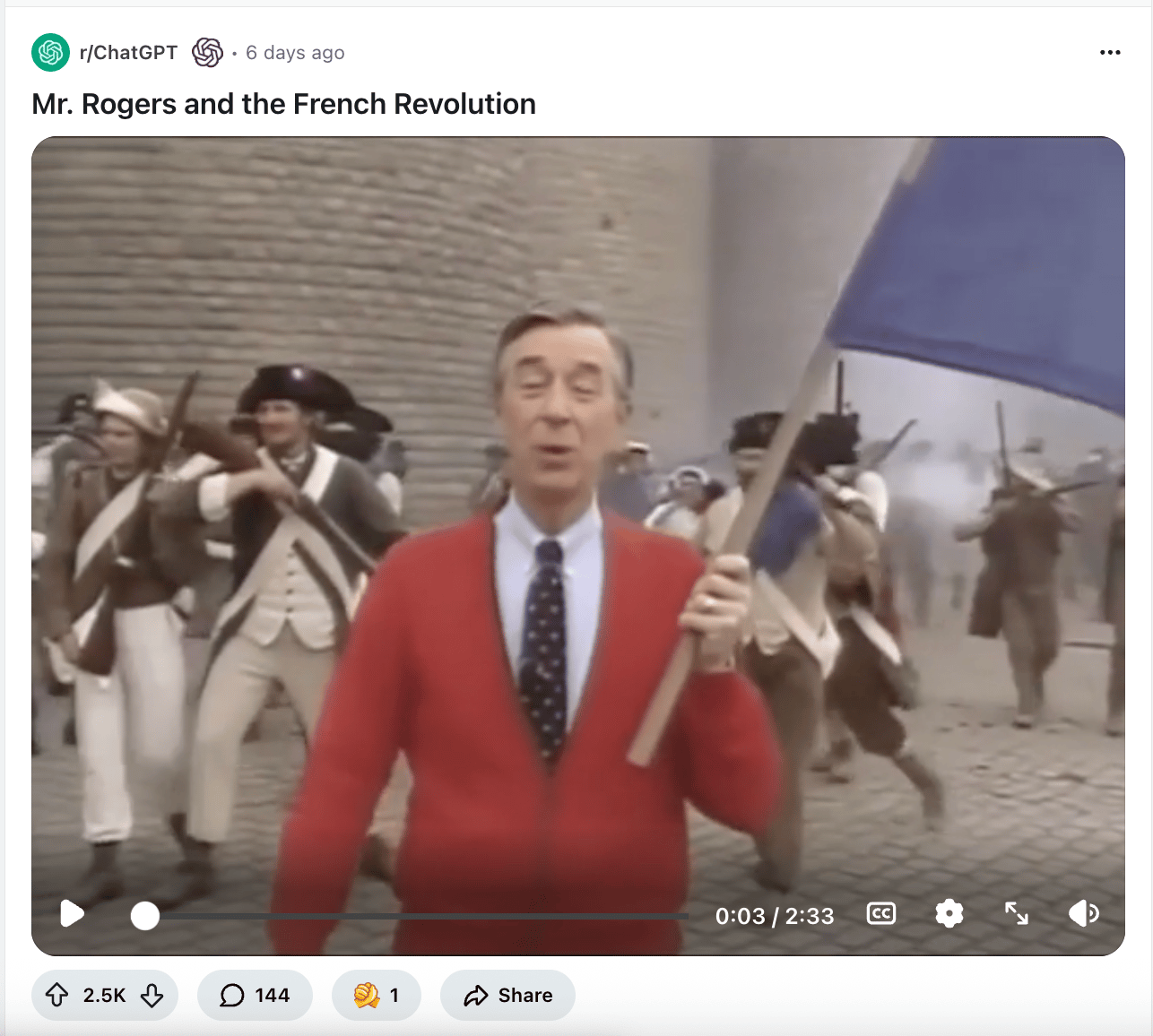
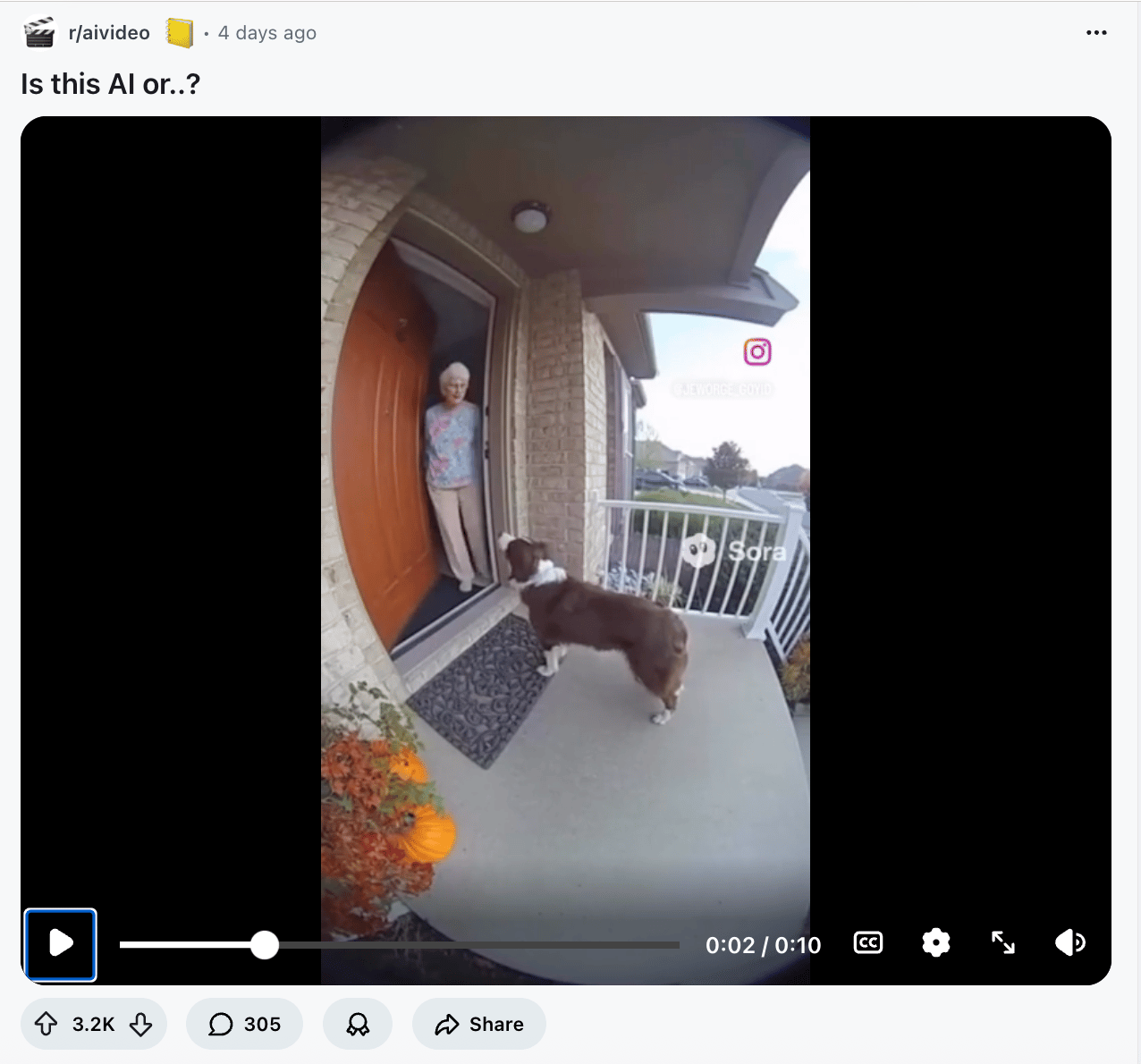

A Cat’s Commentary
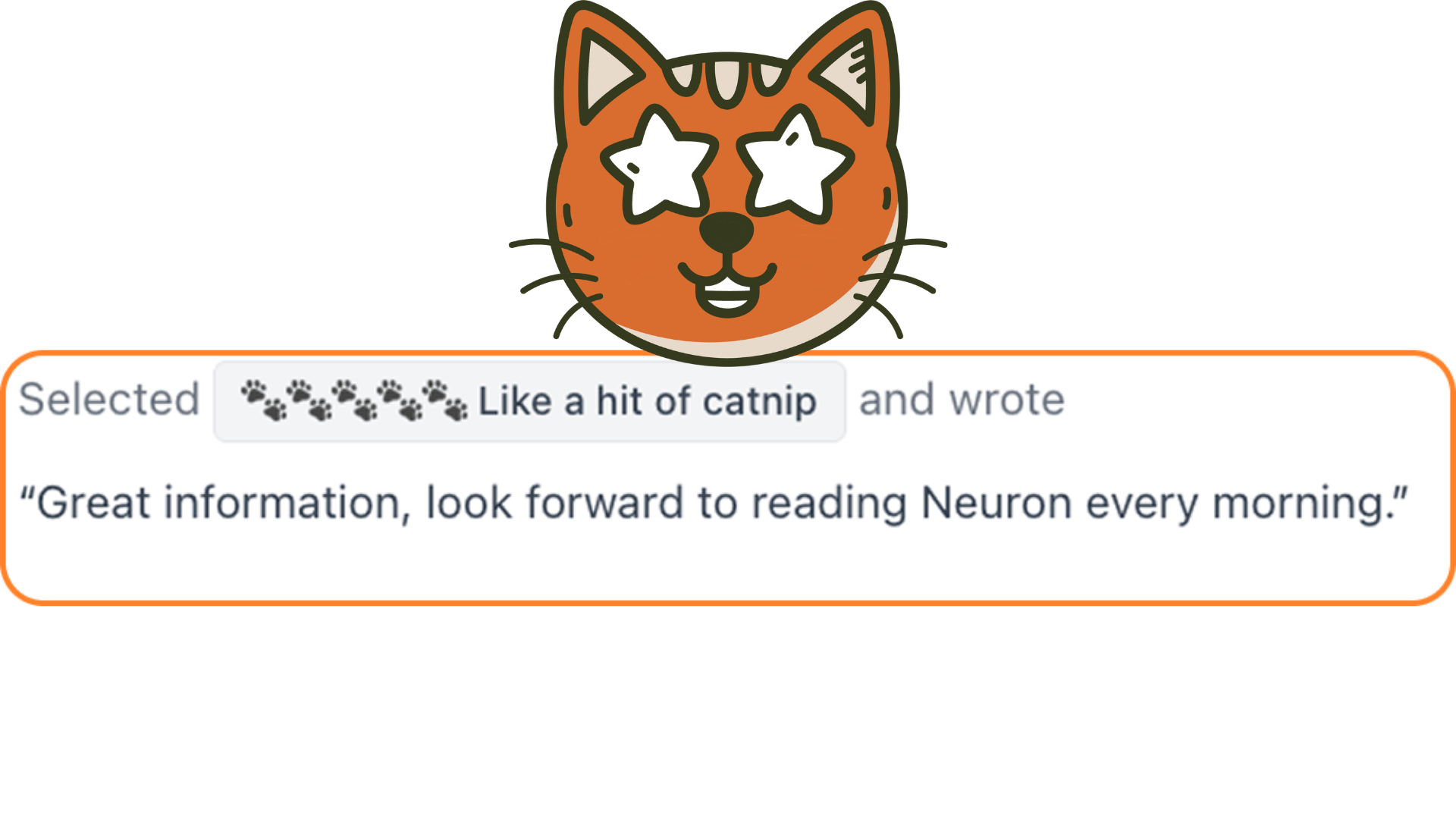


.jpg)

.jpg)


